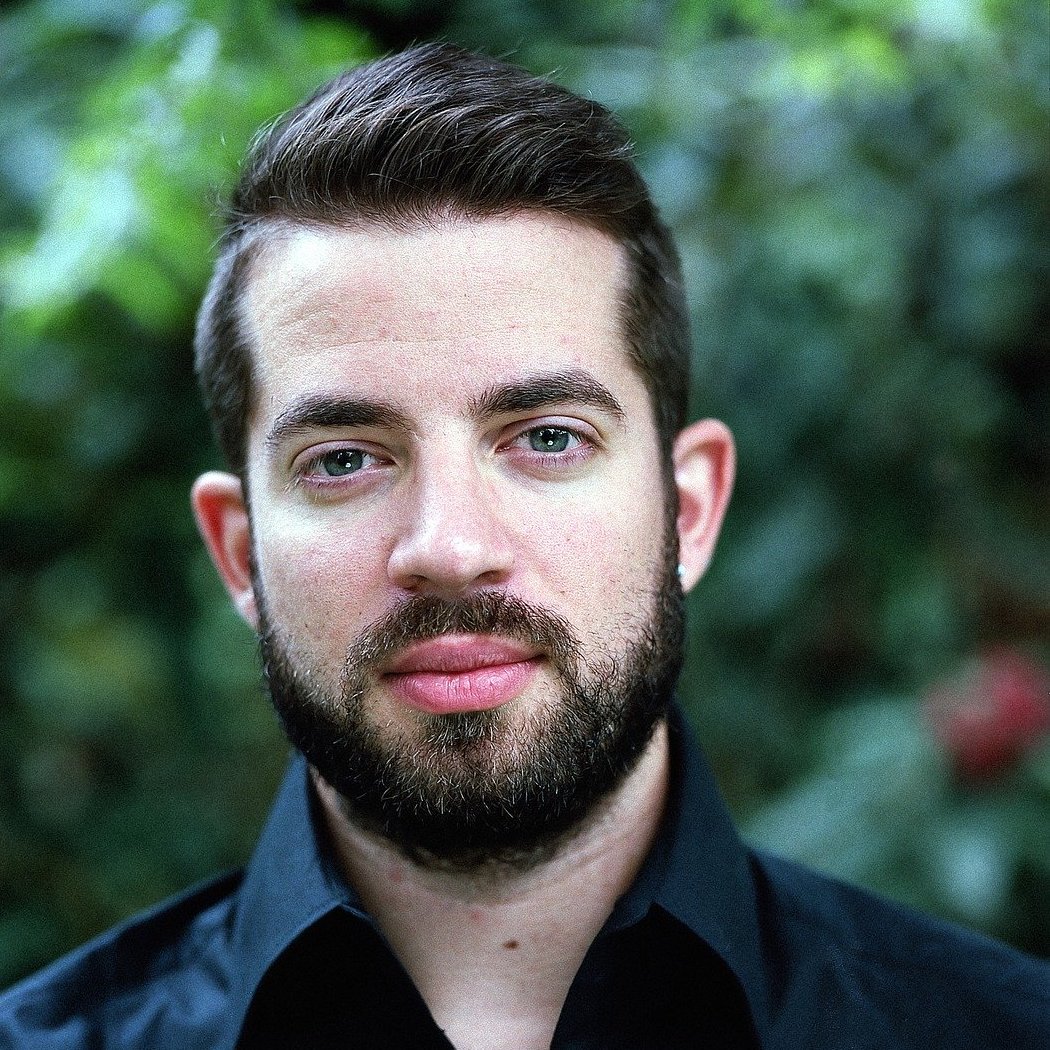The Great Conversation:
Emotion

By Matt McKeown
One of the few really universal human experiences, emotion is naturally a favorite subject of the "Great Conversation."
The emotions are curiously difficult to classify. Four—happiness, anger, fear, and sorrow—appear reliably in most lists (and intriguingly, these four align closely with the traditional “four humors” of sanguine, choleric, melancholy, and phlegmatic). But most lists are longer than this, and most also recognize combinations of emotions: shame, for example, can be interpreted as a combination of sorrow and fear, or as a distinct feeling of its own, while some forms of high spirits seem to be a blend of happiness and anger. This mix-and-match system seems to work at first; but take the example of surprise. Happiness mixed with fear seems like a decent summary, but what about unpleasant surprises, which are more like a mixture of anger and fear? And does “happiness plus fear” also describe hope, or is that more properly a combination of desire and fear? And is desire an emotion, or its own distinct kind of thing?
This of course prompts the question of what an emotion is. Oddly enough, while lists and taxonomies of emotions abound in the works of philosophers and psychologists, definitions of emotion are less forthcoming. Stoics like Epictetus or theologians like St. Thomas Aquinas were principally concerned with how the intellect ought to go about governing the emotions, or “the passions” as they were more conventionally known; psychologists, on the other hand, like William James and Sigmund Freud, took an interest in the genesis and operation of emotions and especially in their relationship to the body.
It is widely supposed that the physical aspect of emotions is a recent discovery. Nothing could be further from the truth: the theory of the humors, alluded to above, was precisely a belief (erroneous in its particulars but proceeding from largely correct assumptions) that the balance of those bodily fluids was a decisive factor in the development and strength of emotions. However, the apparatus of modern medicine has made the scientific study of emotions far more sophisticated than anything our ancestors achieved. Neuroscience and endocrinology (the study of hormones) allow us considerable insight into the mechanics of feelings and the influence of the body upon the mind; combined with psychotherapy, these can explain a huge range of otherwise mysterious human behavior, from nervous tics to psychosomatic illnesses.
EMOTION, n. A prostrating disease caused by a determination of the heart to the head. It is sometimes accompanied by a copious discharge of hydrated chloride of sodium from the eyes.
Ambrose Bierce, The Devil's Dictionary
But all this is analysis, which is almost the opposite of the experience of emotion. Herodotus said that the Persians habitually debated every issue twice, once drunk and once sober: whether literal or metaphorical, the idea here was that neither reason nor passion alone is an adequate basis to understand things, but that they must work in harmony.
We draw closer to emotion itself in the works of Aristotle, notably in the Rhetoric and the Poetics. The former work discusses, among other things, techniques for arousing desired emotions in one’s audience through oratory (a necessary skill for many more people then than now, since anyone who appeared in court in a civil or criminal case was expected to defend himself). The Poetics discusses the role emotions play in art, specifically in drama, and sets forth the æsthetic theory of κάθαρσις (from which we get the English word catharsis). He states that a properly constructed play “cleanses” or “purges” the passions; whether this is to be understood in the sense of “getting them out of your system” or as some kind of ennobling of the emotions themselves is still debated by scholars, though the former interpretation is favored. Either way, this makes enjoying a good play (or, in our day, perhaps a good film) a form of mental hygiene as well as a pleasure, not unlike having fruit for dessert.
As for art, depending on which of the arts is under discussion, the feelings it prompts in its audience are often a main determiner of what genre a work falls into. Literature, drama, poetry, and film are largely classified according to the responses they evoke: horror has its salient emotion right in the name, while comedy, tragedy, and romance are all easy to identify emotionally. Curiously, the same is not true of music; despite the fact that music evokes emotion more rapidly and strongly than almost anything else (an effective affect, if you will), music is usually classified by period rather than by audience reaction—baroque, classical, romantic, etc. The visual and plastic arts, likewise, tend to be arranged in “schools” rather than by the feelings they evoke. There seems to be something about words in particular that moves us to classify literature according to its emotional effects, something in them that unites the mental phenomenon of meaning with the experience of the passions. Small wonder, maybe, that the Druids were said to consider poetry closely akin to magic.
Suggested reading:
Sappho, Fragment 16
The Pearl
William Shakespeare, Othello
John Donne, Devotions Upon Emergent Occasions: XVII
Edgar Allan Poe, The Masque of the Red Death
Charlotte Brontë, Jane Eyre
Sigmund Freud, Civilization and Its Discontents
Kahlil Gibran, The Prophet
___________________________________________________________________________________
If you liked this post, take a look at some of our other essays here at the Journal, like these author profiles of St. Augustine and Antoine Lavoisier, this series on classic learning in Black history from Dr. Anika Prather, or these “Great Conversation” posts on logic and time. And be sure to check out our weekly podcast, Anchored, where our founder Jeremy Tate sits down with leading intellectuals, teachers, and activists to discuss education and culture.